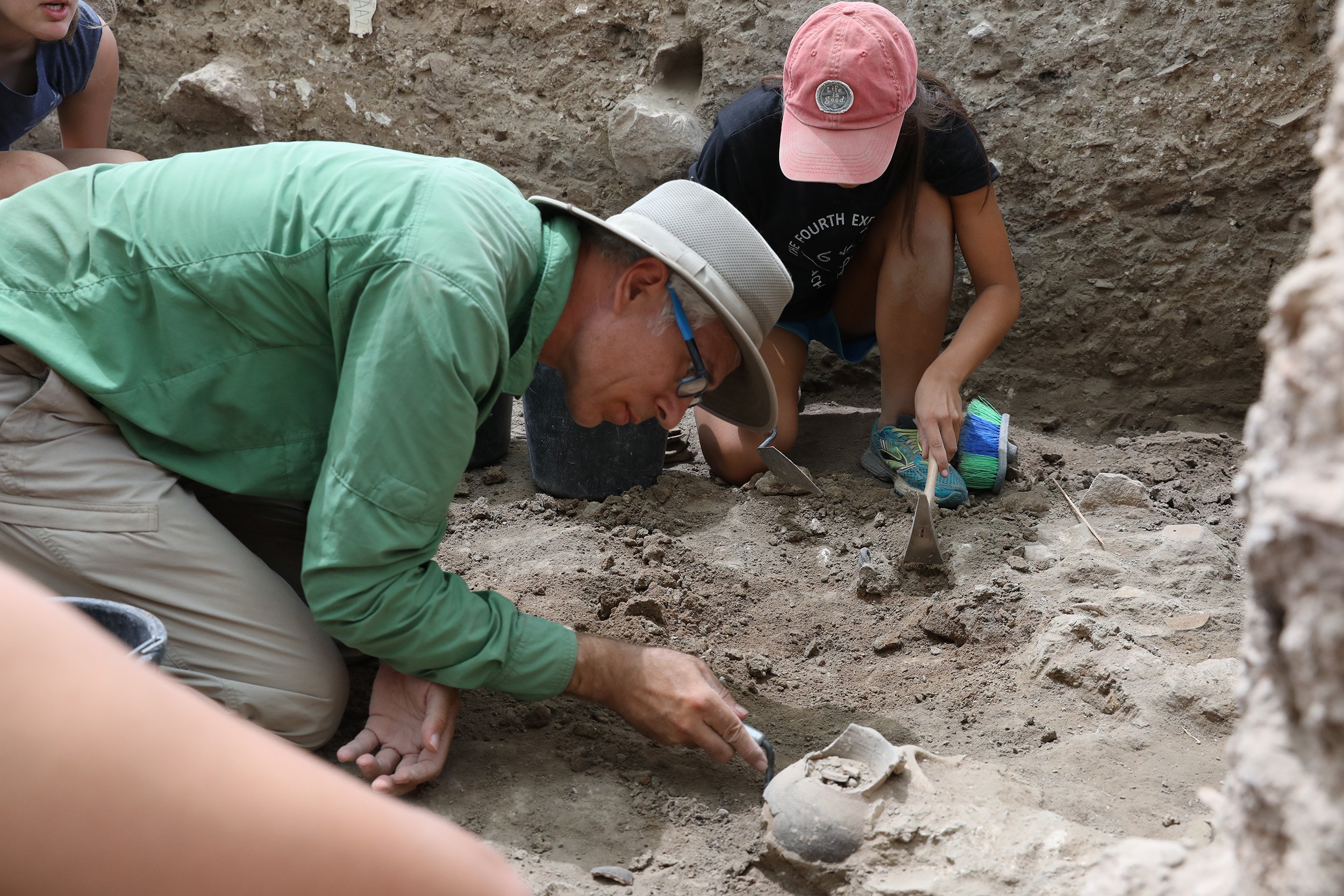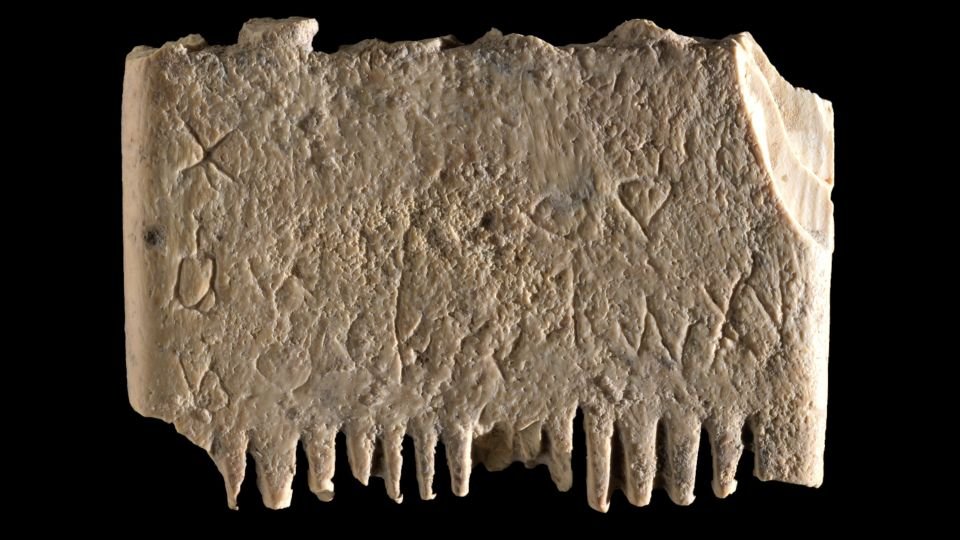Over the centuries, Much ado has been made about the Georgia Guidestones, the Mayan Calendar, and Hammurabi’s famous code.
When you find an artifact that contains the oldest Canaanite sentence ever recorded (1700 B.C.) you might expect that it would contain some kind of generational wisdom or an important message meant to be passed down through the ages. But you would be mistaken.
The oldest decipherable full sentence in an alphabet ever found, dated to 1,700 B.C.E., is inscribed on a tiny ivory comb unearthed in 2016 at the Tel Lachish archeological site in central Israel. The faint letters read: “May this tusk root out the lice of your hair and the beard.”
The comb was unearthed at Tel Lachish in Israel by a team from the Hebrew University of Jerusalem (HU) and Southern Adventist University in the United States, under the direction of Professors Yosef Garfinkel, Michael Hasel and Martin Klingbeil. The inscription was deciphered by semitic epigraphist Dr. Daniel Vainstub at Ben Gurion University (BGU). The ivory was tested by HU Prof. Rivka Rabinovich and BGU Prof. Yuval Goren and was found to originate from an elephant tusk. Their findings were published in Jerusalem Journal of Archaeology.
“People kind of laugh when you tell them what the inscription actually says,” one of the archaeologists on the project, Michael Hasel, of the Southern Adventist University in Tennessee, told the New York Times.
The ancient message on the comb could have easily gone unnoticed. Archaeologists initially mistook the diminutive artifact for a bone because it was covered in dirt, and many of its teeth were broken. And for half a decade, it languished in storage, forgotten until parasitologist and archaeologist Madeleine Mumcuoglu, of the Hebrew University of Jerusalem, put it under the microscope for the first time.
As Gizmodo reports, the comb is 1.38 inches by 0.98 inches and made from an elephant’s tusk. Though many of its teeth are broken, the comb once contained six teeth on one side meant to untangle hair, and 14 finer teeth on the other side meant to remove lice. According to a press release about the comb, it apparently did its job — researchers even found tiny remains of head lice on the artifact.
The comb was probably made in Egypt — there were no elephants in Canaan 3,000 years ago — and then brought to present-day Israel where it was inscribed with its anti-lice message. The Times of Israel additionally reports that it appears that the comb’s inscriber carefully etched out 17 Canaanite characters, or seven words, but made the letters smaller and smaller as they ran out of space.
The comb’s words for the first time provide us with a complete reliable sentence in a Canaanite dialect, written in the Canaanite script, said one researcher.
Interestingly, the Canaanite alphabet is the same one used in the written Hebrew of the first books of the Bible. The comb inscription dates the alphabet before the biblical writers existed and confirms that the alphabetic script was in everyday use in cities that were later occupied by the Israelites.
Because ivory was an expensive material, researchers believe that the comb probably belonged to someone of high social status. Clearly, however, their wealth didn’t protect them from the plight of lice.
I guess they were more like us then we realize.
****
“Behold, how good and how pleasant it is for brethren to dwell together in unity! It is like the precious oil upon the head, running down on the beard, the beard of Aaron” (Psalm 133:1-2).



